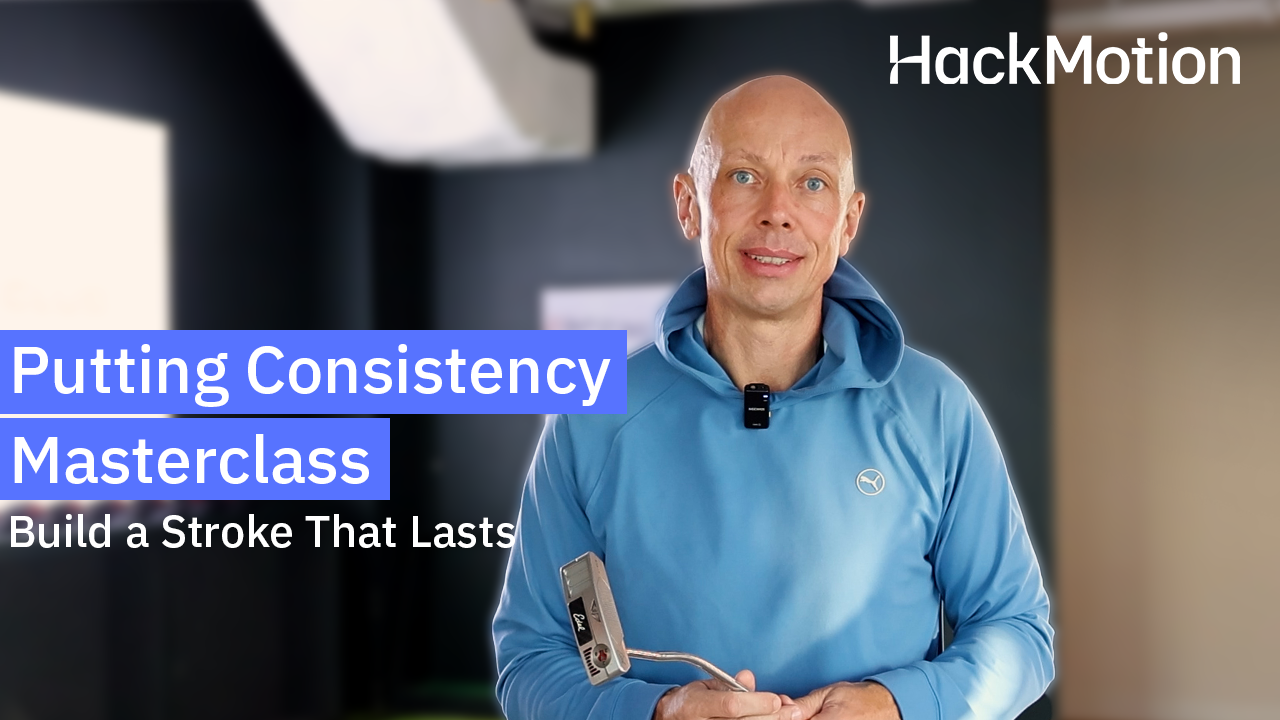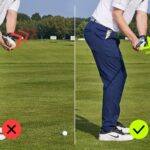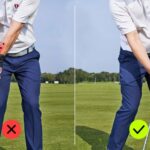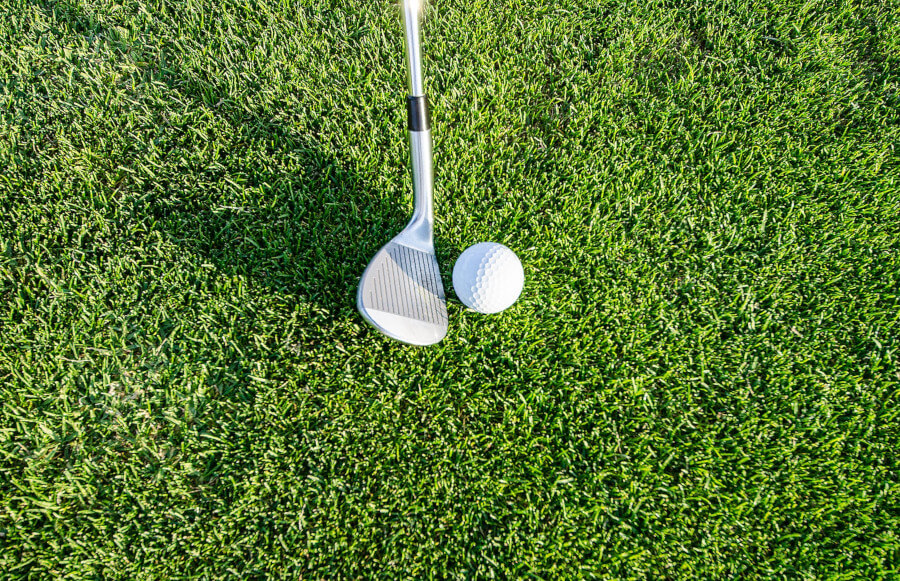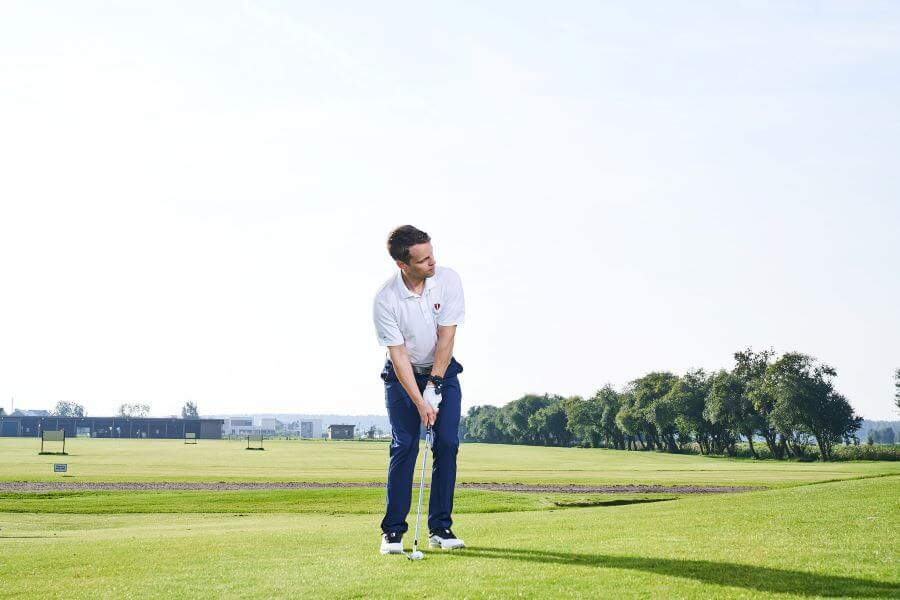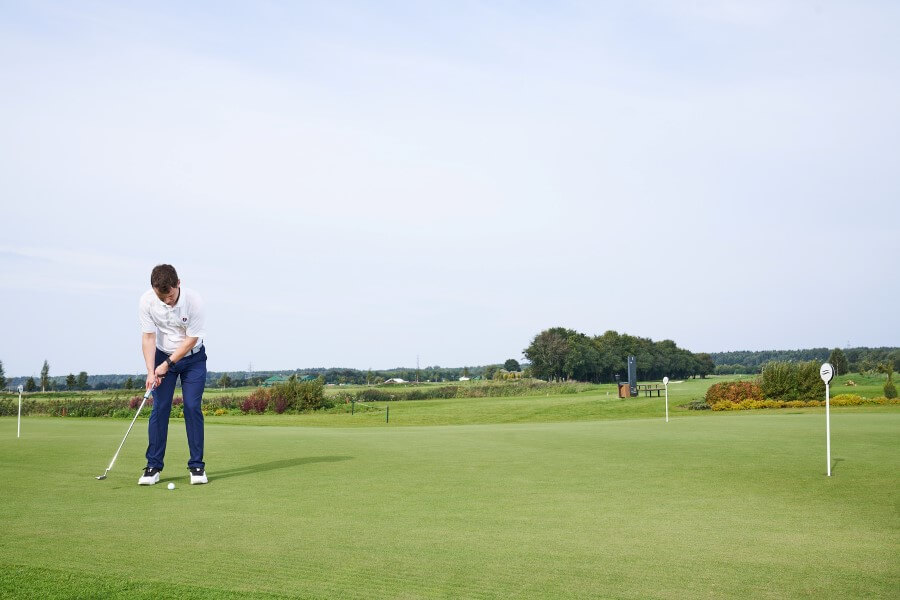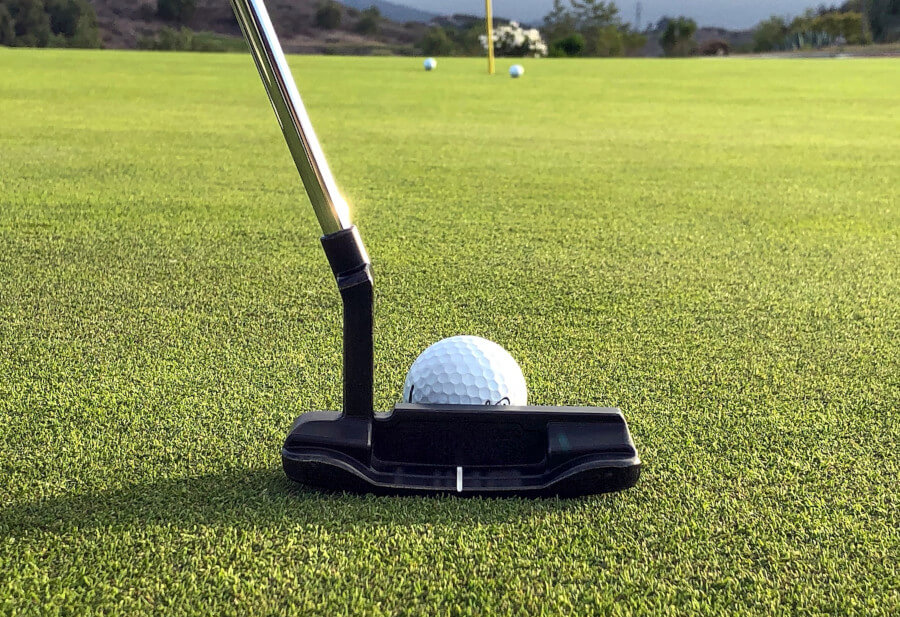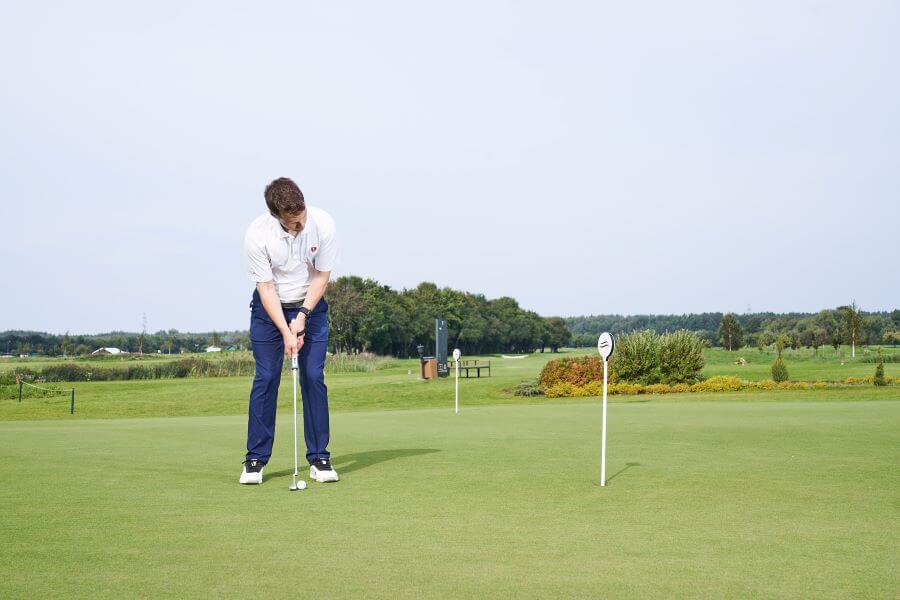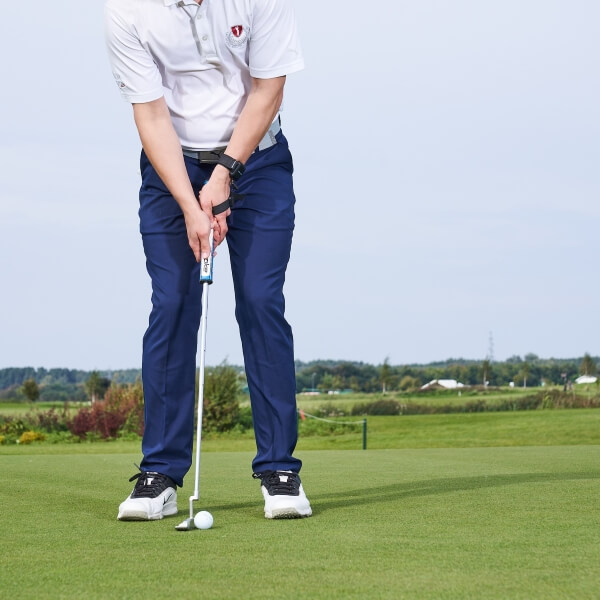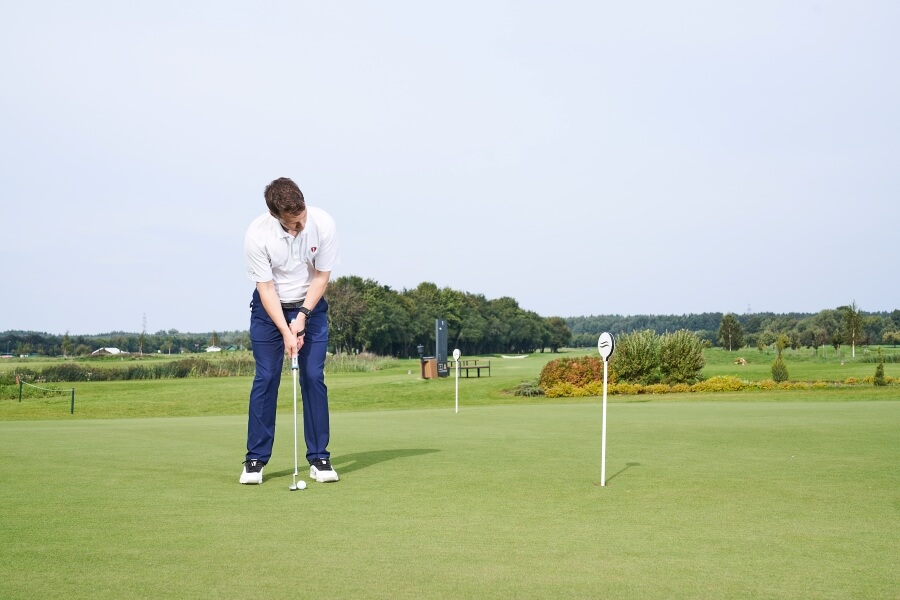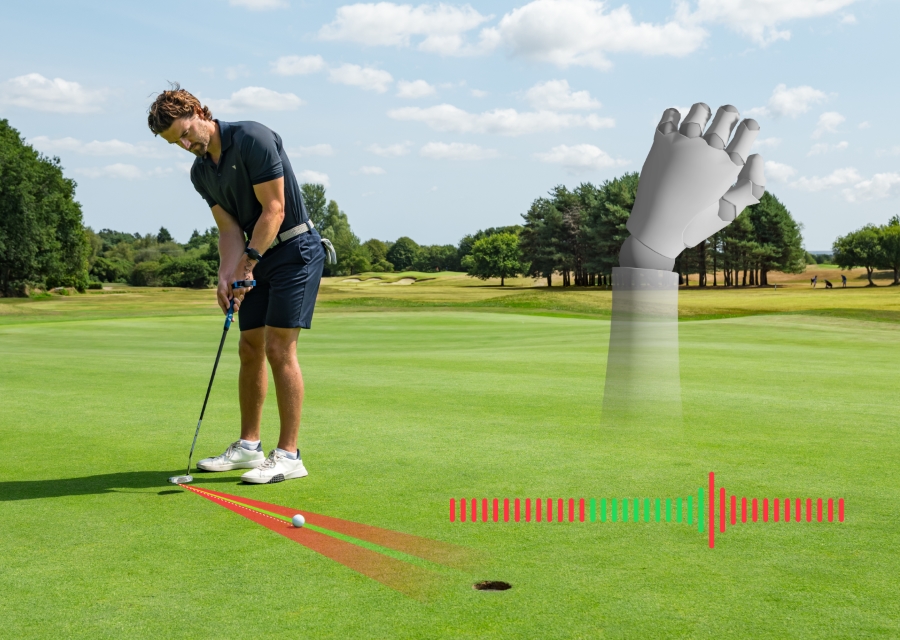How to Stop Pulling Putts: Proven Tips & Drills to Sink More Putts with Confidence
There’s nothing more frustrating than knowing the line and weight of a putt, and then, when the time comes to execute, you pull it.
Pulling putts in nothing new, we’ve all done it, but the good news is there are ways to prevent it.
Even the pros focus their efforts on keeping a steady stroke to avoid pulling putts, and with the tips and drills below, you’ll be able to avoid them as well. For those who think they’ve “tried everything”, there’s even a bonus pro tip concerning your putter.
Take these tips and drills to the range as soon as possible to eliminate pulling putts from your game and make more pars and birdies.
How to Stop Pulling Putts (Key Takeaways)
If you’re on the way to the golf course right now, at least reference these key takeaways to help prevent pulling your putts. Then, when you have more time, you can review the tips and drills in detail to eliminate pulls altogether.
- Adjust your ball position so it’s not too far forward.
- Control and minimize your wrist action to prevent flipping.
- Keep your head still by pointing your nose at the ball and where it was after you strike the ball.
- Employ a neutral grip to encourage a square club face through impact.
- Take advantage of being able to put your eyes over the ball and the target line at address.
Contents
5 Game-Changing Tips to Stop Pulling Your Putts
Understanding why you pull putts is the first step to correcting the issue, and the tips below will help address and solve it.
Spend a little time on the practice green during every visit to the driving range to eliminate pulled putts for good.
Manage Ball Position
Correcting your pulled putts could be as easy as adjusting your ball position.
Those who pull putts may have the ball lined up too far forward in their stance. This causes the face to close by the time the ball is struck.
Move the ball back an inch at a time to avoid overcompensating. If you move the ball too far back, you may start pushing putts.
As you move the ball back, ensure your weight still favors the front foot. If you move the ball back and shift your weight back, your putts could still be pulled.
Optimize Wrist Movement
Pulled putts are most commonly caused by too much wrist action or incorrect wrist action.
Too many amateurs and even intermediate golfers tend to flip their wrists through impact to generate power. This can cause the face to close (among other undesired results).
The Hackmotion system was designed to alert you when your wrists become overactive and negatively affect your putts.
The app is also equipped with putting-specific drills to help reduce unnecessary wrist movement that would otherwise go undetected by the naked eye.
HackMotion Putting Flexion / Extension Drill
Get a feel for the wrist movement that controls your putter’s loft.
- Keep Wrists Passive – The putting stroke should be mainly controlled with the shoulders and arms, not with the wrists or hands. Focus on a “pendulum” motion, minimizing any wrist hinge or breakdown.
- Lead Wrist Stability – Keep the lead wrist flat and stable throughout the entire stroke. Avoid letting the lead wrist collapse at any point.
- Trail Wrist Support – The trail wrist should feel as if it supports the stroke, but does not flick or roll over through impact. Many pros feel the trail hand “runs down the line” to the target.
Keep Your Head Still
Everyone always says “keep your head down” during full swings, but the same is true on putts, with one minor adjustment.
Focus on keeping it down and completely still. Ensure your nose is always pointing at the ball and then points at where the ball was after you strike it.
Many golfers want to peek at their putts and therefore turn their head slightly through impact. This causes the lead shoulder to lift and pulls the putterhead inside their target line.
A great way to keep your head still is to listen for your putt to drop rather than look at it. If you’re listening, your head will stay in the same position well after you hit the ball.
Adjust How You Hold the Putter
You may be pulling your putts before you even hit the ball. If your grip is encouraging pulls, then all the best tips in the world won’t be able to correct the issue.
Those who consistently pull may be holding the putter incorrectly.
- Overbearing Bottom Hand – If your bottom hand is too much on top of the putter grip, then it will overtake your lead hand and pull to the inside. Ensure your bottom palm is facing the target at address.
- Top Hand Too Far Under – Conversely, if your top hand is under your putter grip, then it will also promote an out-to-in swing path. Ensure the back of your top hand is facing the target.
- Gripping Too Tight – Squeezing the putter handle will cause the putter head to work inside the target line. Grip the club as if you’re holding a tube of toothpaste; hard enough it won’t drop, but light enough that no toothpaste comes out. Try the claw grip if this is your issue.
Eyes Over the Ball
A consistent putting setup involves aligning your eyes directly over the ball and maintaining this alignment. Those who pull putts most likely have their eyes outside the ball.
You can check this by dropping a ball from your eyes and see where it lands. If it lands outside the ball you’re addressing, then back your feet up accordingly so when you drop the ball again, it hits the ball you’re trying to hit.
If your eyes are directly over the ball, then the putterhead is encouraged to travel straight back and straight through the impact zone. This is a huge advantage we have in putting that is not present in any other shot in golf, so take advantage!
Bonus: Check Your Putter Grip
If you are doing everything above and still pulling your putts, then your equipment could be to blame.
The putter is the only club in the bag that is permitted to have a non-circular grip. If the flat side of your putter grip is not installed correctly, your putts will start off line immediately.
To check this, hold the butt-end of your putter up to your eye and ensure the flat side is perpendicular to the putter face. You can ask friends to check for you to get a few opinions.
The best way to prevent this from affecting you is to use a regular circular grip on your putter. That way, you can grip it with a square club face every time, guaranteed.
Drills to Stop Pulling Your Putts
Incorporate these drills in your next practice session, even if you don’t pull putts. They will help you prevent the issue from ever arising, and you’ll increase your confidence on short putts and your chances of draining long ones.
Train smarter at home—putting, short game, and full swing. Start with these putting drills to practice at home, then expand your routine with our full guide on how to practice golf at home.
Ghost Hole
For right-handed golfers, find a putt on your practice green that breaks from right to left. This will train your body to swing in that direction, as right-to-left putts are the Achilles heel to anyone who pulls putts.
The best way is to use chalk, but you can also use a very thin napkin to achieve the same results.
- Video Timestamp: 3:45-7:42
Ghost Hole Drill – Step by Step:
- Find the drop point or apex of a putt and mark it with your chalk or napkin.
- Focus your attention on that point while taking practice strokes.
- Align your body just to the inside of your drop point, but stroke the ball to the outside.
- No need to practice this on the other side of the hole if pulling putts is your main issue.
Through the Gate
This is one of the oldest drills in putting and can be used with the Hackmotion system for even better results.
It helps you stabilize the putter head through impact, preventing you from overcompensating.
Using it with Hackmotion will also help with tempo so that you can control your putting stroke on any length putt.
- Video Timestamp: 6:44-9:12
Through the Gate Drill – Step by Step:
- Address a ball with your putter and put two tees in the ground at the toe and heel of your putter.
- Place the heel side tee an inch closer to the hole to prevent pulling.
- Take practice strokes first to get your body used to the motion.
- Hit balls, but do not aim for a hole or target; this will allow your body to adjust and absorb the feeling without the pressure of results.
- If you really want to challenge yourself, do this drill blindfolded.
Chopstick Shoulder Drill
Instead of focusing on minor adjustments, this drill will help you put it all together. It will unify your putting stroke so everything moves in unison. It prevents pulling as well as pushing, deceleration, and wrist flipping.
You may feel a bit funny on the practice green with this drill, like everyone is looking at you. But trust the process and let your scorecard do the talking for you.
- Video Timestamp: 7:30-10:48
Chopstick Shoulder Drill – Step by Step:
- Attach two alignment sticks with a rubber band about six inches from one end.
- Place each long end of the alignment sticks under each arm, creating a V-shape.
- Rest your putter on the conjoining point of the alignment sticks and take your grip.
- Use practice swings to find a comfortable grip and position for your putter and the alignment sticks.
- You can use this drill with Hackmotion to track your movements and tempo.
Shadow Drill
You can do this drill at home or on the practice green. It’s a great way to warm up as well, so you can get the feel of a neutral putting stroke that doesn’t pull. The beauty is in its simplicity.
- Video Timestamp: 0:36-0:55
Shadow Drill – Step by Step:
- Take your regular grip but release your lower hand.
- Take a few strokes with your lower hand behind your back. You will probably notice that you still pull.
- Next, place your lower hand open only an inch away from the grip. Keep it there so it follows the putter throughout the stroke.
- Create a feeling like your lower hand is guiding the putter even though it’s not touching it.
Final Thoughts
Pulling putts is nothing to fear anymore since you are armed with all the information needed to prevent it.
You may have a few hiccups every now and then, we all do, but with these tips and the help of the advanced Hackmotion sensors, your pulls will be few and far between.
You can also use Hackmotion to address full swing issues. It acts as a golf coach that you can reference at any time, right on your phone. Using it on the range to address your entire game, from top to bottom, will put you ahead of the competition and have your handicap drop like a hot potato.
